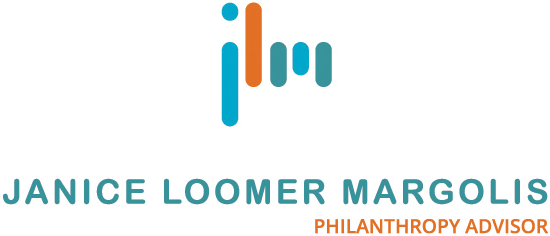It used to be that when a family or individual established a foundation there was only one option for the timeframe of the entity – it was a perpetual endowment and was to be held forever.
Today, with reduced interest rates, and “forever” feeling like a very long time, some philanthropists are choosing to spend down their foundations (or funds) over a period of years. The Globe and Mail explored this in their January 2014 article “Forever falls out of fashion in charitable giving” where they reflected on philanthropists who wanted more control over their impact and were choosing the spend down option.
A 2015 US survey of trends of family foundations by the National Center for Family Philanthropy identified that fewer than 10 percent of family foundations had chosen to limit the timeframe of their foundation and were sticking with forever. The survey revealed, however, that the number of spend down foundations was growing, particularly for new foundations, where that number increased to 20 percent.
Although the survey was of private foundations, these trends also apply to Donor Advised Funds, even though sometimes there are restrictions put on the circumstances in which these funds may be spent down.
There is no right or wrong answer when determining the lifespan of a foundation or fund – it all depends on the goals and objectives of the family or individual and what best furthers their interests. These factors fall into two broad categories: impact considerations and administrative considerations.
Impact considerations are paramount and reflect upon the values and mission of the foundation and the causes that the family wishes to support. If the issues the family wishes to address are ones that need a significant investment over a short period of time to make a difference (such as a time sensitive building or research project) it makes sense to have a spend down fund. If the causes require less substantial funds over the long term, then a perpetual fund may be more appropriate. The family may also consider the legacy they wish to leave in the community and whether this would be better served with shorter or longer term funding.
Administrative considerations also play a factor. For a perpetual fund the family must have a plan in place to maintain the fund and make distribution decisions into the future.
The choice of forever or spend down is not always set in stone. As long as there is a provision to change the terms, a foundation initially set up in perpetuity may, at a later time when circumstances change, be altered to be spent down.
The stability of forever – or the power of short term impact – are an important ingredient of a strategic philanthropy plan.
As a philanthropy advisor, I work with families and individuals to create and facilitate a safe and productive environment to articulate values, interests and goals. Together we develop and implement a plan to make giving meaningful, satisfying and effective.
For more information on how I work with clients to assist them to give with heart and for impact please visit the approach and services pages on my website.

